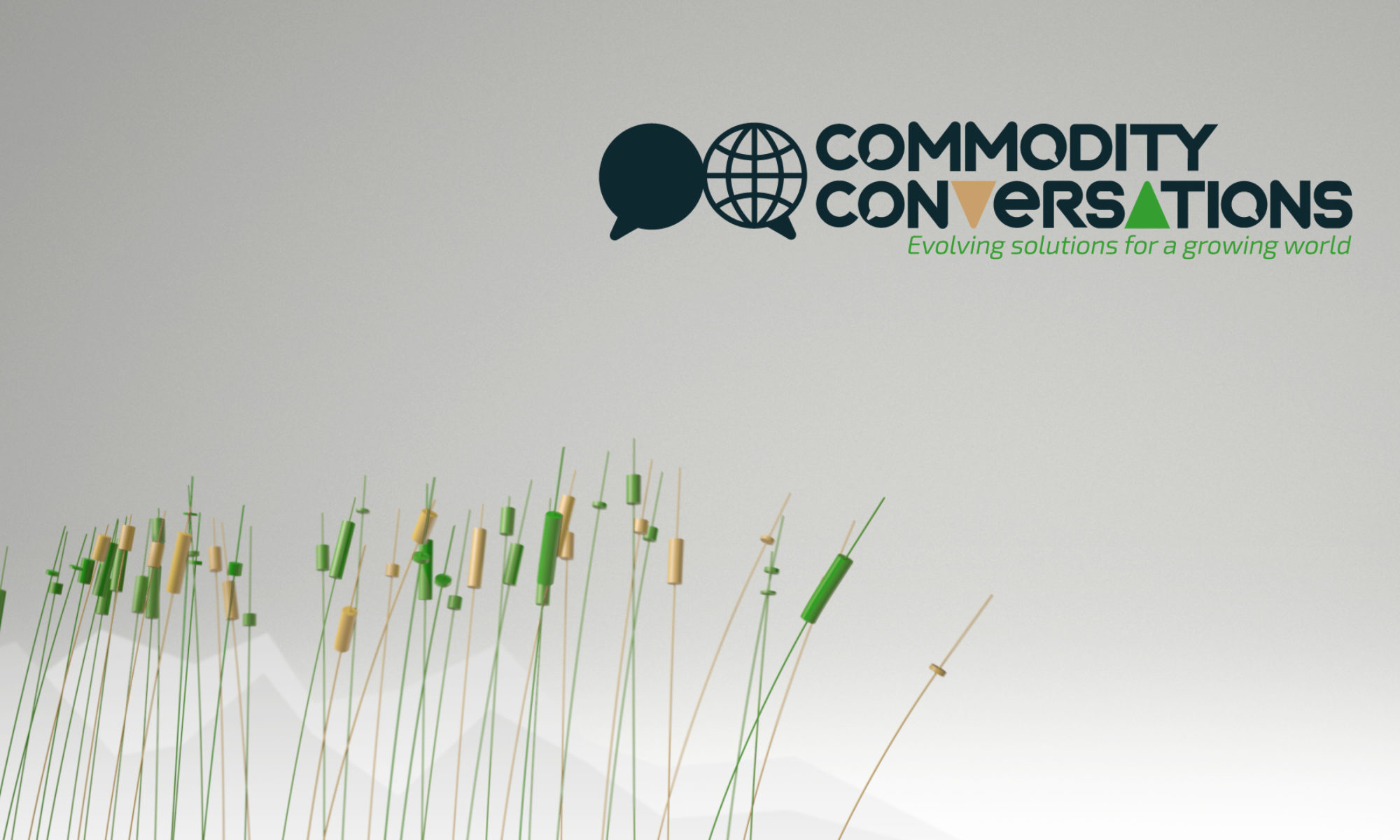During an industry event focused on the hidden costs of our food system, the head of the Global Alliance for the Future of Food said the current metrics used to measure productivity in agriculture, such as yield per hectare, were problematic. He argued that they hid the environmental and health costs, such as soil erosion and water contamination. Instead, the Alliance is working on “true costs accounting” (TCA) which includes all hidden costs. A professor said disclosing the TCA would help consumers and the whole supply chain make better-informed decisions and bring to light the true costs of their choices.
The panellists agreed that it was important to focus on “regenerative and restorative practices on soil” as well as on agroecology. Bill Gates and the head of Impossible Foods, however, argue for a different approach. They suggested that genetically modified seeds and chemical herbicides used right would be much more effective at cutting carbon emissions when compared to organic farming which, they argue, is too land-intensive.
An analysis by The Guardian Seascape found that over one-third of seafood products could be mislabelled globally. The study, based on DNA technology, found the highest amount of wrong labels in the UK, Canada and the US. Expensive seafood products were often mislabeled and contained a cheaper alternative, such as labelling shark catfish as cod or haddock. In some cases, wrong labels concealed endangered or illegally caught species. The worst cases were prawn balls sold in Singapore and China that contained pig elements as well as the pufferfish family – which is known to be potentially deadly. The situation is particularly bad in restaurants with numbers showing that one-third of European restaurants sold mislabelled seafood.
The huge transhipment involved in the supply chain makes it prone to mistakes but the data suggests that most of it is clear fraud. It is so profitable, in fact, that the supply chain is rife with organised crime. The head of a DNA lab analysis said that you could make CAD 1 million (USD 800,000) in profit by labelling a container of pangasius catfish as red snapper. Risks are low, with very few checks and a fine that wouldn’t cross CAD 50,000 (USD 40,000).
The most profitable, apparently, is eel which can be worth more than gold. Eels are in high demand in Asia but don’t breed in captivity, making them impossible to farm. There is very little Japanese eel left, pushing buyers further and further away looking for American or European eels instead. Despite export bans, this has led to overfishing and endangering the eel population in several places around the world. One woman involved in the business said eels were “the ultimate black box of global seafood,” in other words, impossible to trace without a DNA test. That’s why conservationists and sustainability groups are pushing for increased use of DNA tests.
In Canada, Organic Ocean is using a sort of DNA barcode system to identify living species, with which they created an independent authentication programme that goes as far as revealing the product’s river of origin. It works better than blockchain, which fails if the fish has been wrongly labelled from the start. Overall, however, industry stakeholders lament that there seems to be limited interest both from consumers and governments to push for a more transparent seafood supply chain. A researcher in South Africa noted that “many people know, and care more, about the provenance of the wine they drink than the seafood they eat.”
Palm oil giant Sime Darby put together an Expert Stakeholder Human Rights Assessment Commission on March 1 in a bid to address allegations of forced labour that led the US to ban palm imports from the company back in December. However, one of the commission’s NGO members already resigned and another is threatening to follow suit in response to Sime Darby’s decision to sue anti-trafficking group Liberty Shared. The court case goes against the intention of the commission, one of the commission’s members said.
A study in Indonesia’s West Kalimantan found that two-third of the land conflicts involving palm oil companies and locals remained unresolved even after over a decade. The study found that governments support companies over locals, sometimes disregarding court rulings. Besides, most disputes are not submitted to certification bodies like the Roundtable on Sustainable Palm Oil (RSPO) because the procedure is said to be too complicated and locals have limited trust in them.
This comes as Greenpeace published a new report in which it argues that sustainable certification processes overall fail to stop the destruction of forests and the ecosystem. Instead, Greenpeace urges governments to get companies to prove that their supply chain is free from deforestation. While the Palm Oil Monitor complained that the report unfairly focused on palm oil, several sustainable certifications actually agreed with Greenpeace, such as RSPO and the Round Table on Responsible Soy Association (RTRS), both of which stated that certification was only one part of the solution.
This summary was produced by ECRUU



